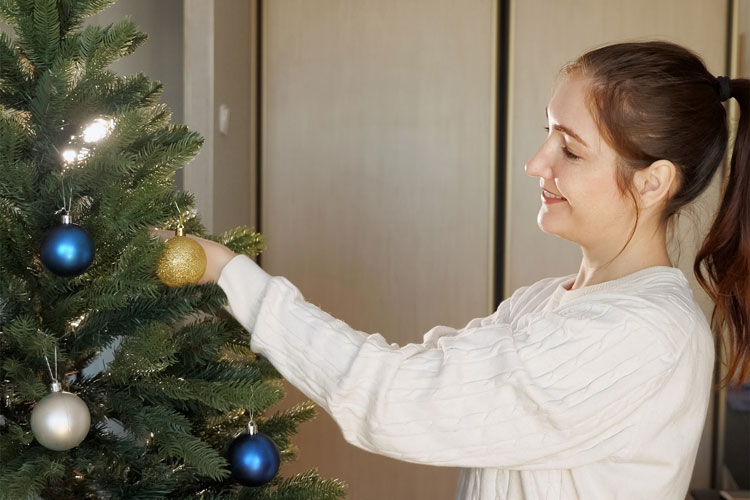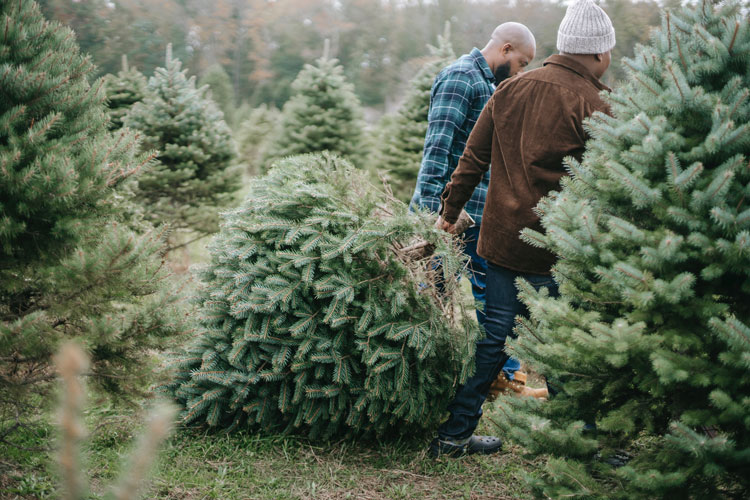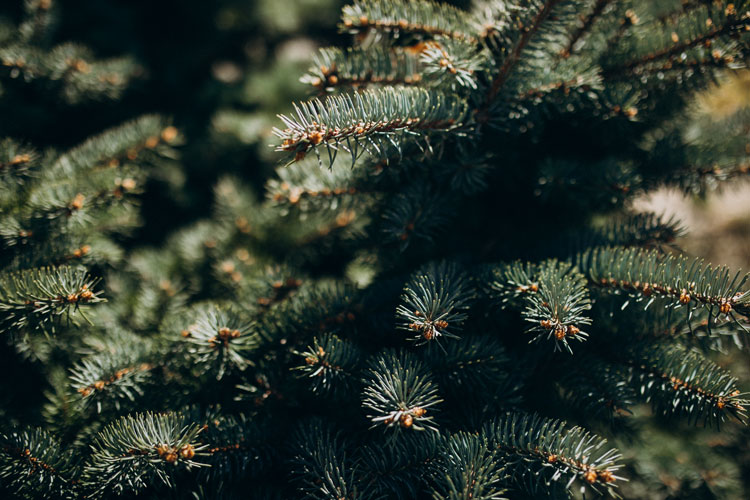Whether you opt for a real Christmas tree or a fake one, it’s clear they’re the main ingredient in evoking the holiday spirit. From Rockefeller Center to the corner of your family room, Christmas trees are just about everywhere come December.
But as topics around climate change continue to appear in the news, many people are beginning to wonder: Are real or fake trees better for the environment? Port Farms, your go-to source for holiday fun, explores the impact of artificial and farm-grown trees to determine which is the more sustainable choice.
Are Artificial Trees Bad?
PickYourOwnChristmasTree.org, a comprehensive source for Christmas tree facts and figures, found that 21.1 million artificial trees were purchased in 2017. Buyers often opt for these plastic firs for several reasons:
- Lack of care (no need for water or maintenance)
- Affordability
- Ease of assembly
- Comes pre-decorated
- Reusable

However, artificial trees are not as great as some consumers make them out to be. These synthetic spruces produce 40 kg of carbon dioxide equivalent (CO2e) via the emissions of various greenhouse gases. With 21.1 artificial trees sold, this quantity of CO2e would weigh more than five 1.25-mile-long freight trains.
This carbon footprint is two times higher than a real tree that ends up in a landfill and 10 times higher than a tree that’s burned for firewood or ground up and used for fertilizer/mulch. Meaning, you need to keep your synthetic evergreen around for at least ten years to offset its environmental impact.
That said, artificial trees typically only last six to nine years in a home. However, the polyvinyl chloride (PVC) plastic and metal that they’re made of will last centuries in a landfill. Moreover, up to 85% of artificial trees are created outside of the United States and imported—typically from China—which creates even more environmental damage. Greenhouse gas emissions from various transportation methods trap the sun’s radiation and warm the planet, contributing to global warming and climate change.
The Scoop on Real Trees
Every year, there are 25-30 million real Christmas trees sold in the United States. While families still favor real trees, the number of real trees purchased is slowly decreasing in favor of artificial trees.
On average, trees take about six to eight years to grow, and farmers constantly monitor them for their marketability as there is a short sale window. During this time, farmers remove weeds, pests, and other nuisances that may interfere with the tree growing process.
According to the National Christmas Tree Association’s (NCTA) most frequently asked questions, it is “much better environmentally to use a natural agricultural crop and recycle it after the holidays. Real Christmas Trees are a renewable, recyclable, natural product grown on farms throughout North America.”
After farmers harvest the trees, their seedlings are collected in preparation to grow new trees. The NCTA goes on to say that “these [Christmas trees] would NOT have been planted if trees hadn’t been harvested the previous year.” What’s more, as opposed to fake trees, there are a myriad of environmentally-friendly ways to dispose of your real Christmas tree. We recommend:
- Using it as firewood
- Creating mulch or a compost pile
- Allowing wildlife to take over (e.g., shelter, bird sanctuaries, nutrients for fish)
- Making air fresheners
- Crafting wood coasters (or other furniture/decorations)
- Removing any decorations and taking the tree to the proper waste collection
- Starting a tree farm

By purchasing a real tree, you are supporting the environment and helping local farmers. When a tree is cut down, another tree is planted in its place, and so the cycle continues. In contrast to artificial trees, real trees are locally-grown, provide oxygen, store carbon, and even create habitats for wildlife.
While it may be tempting to purchase an artificial tree due to its simplicity and ease, you miss out on the nostalgia factor that comes with finding the perfect Christmas tree. Many families like to reflect on how they got into their car, took a scenic drive in the winter weather, and searched for the best tree to take home. Christmas tree farms make this memorable experience possible.
On the other hand, artificial trees contribute to centuries worth of waste that has had a pivotal role in climate change and global warming.
So, Are Real or Fake Trees Better for the Environment?
If you’re looking for a way to sustainably celebrate the holidays, buying a real tree is an excellent place to start as it minimizes the potential for lead poisoning and environmental damage. The NCTA also notes that real trees:
- Absorb carbon dioxide and other gases
- Emit oxygen
- Create scenic green belts
- Provide a refuge for wildlife
- Protect water supplies
- Stabilize soil
- Preserve green spaces that do not support other crops
Additionally, for every Christmas tree that farmers harvest, they plant one to three new seedlings to ensure a constant supply and reduce the loss of trees. Due to the detrimental environmental impact caused by artificial trees, it can be said that real trees are the more environmentally-friendly option.
Time to Spruce Things Up
If you’re trying to lower your carbon footprint this Christmas, start by purchasing a real Christmas from a local farm. It will undoubtedly create an unforgettable experience for your whole family! If you’re in the Ohio, Pennsylvania, or New York area, we invite you to find the perfect tree for your family at Port Farms.

